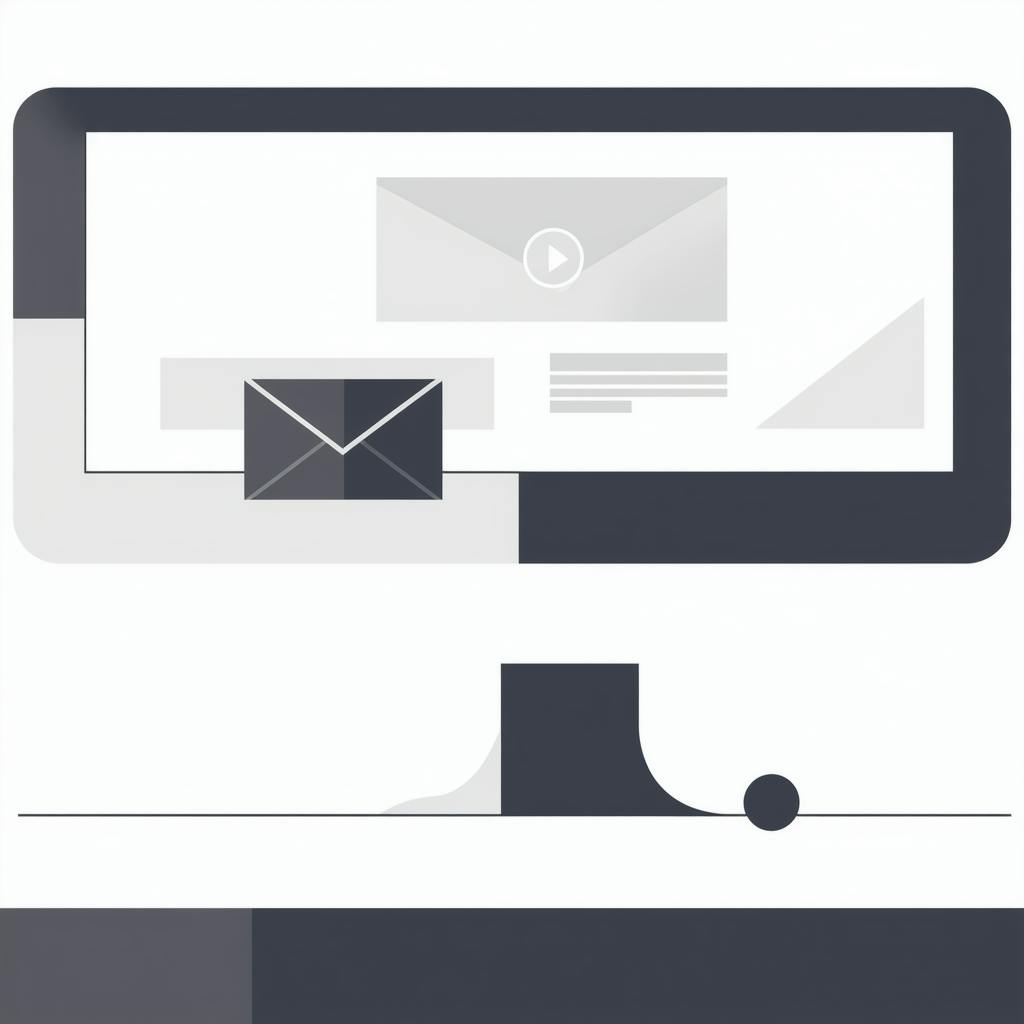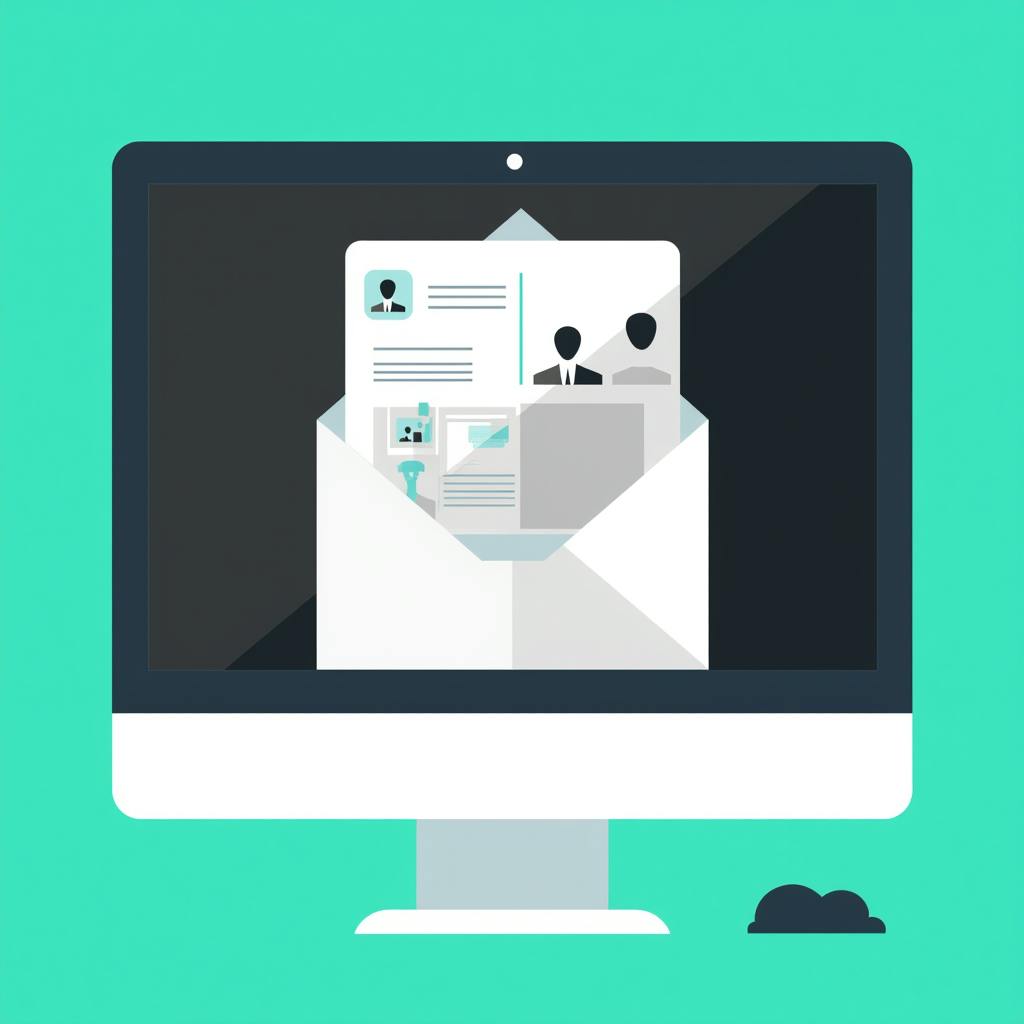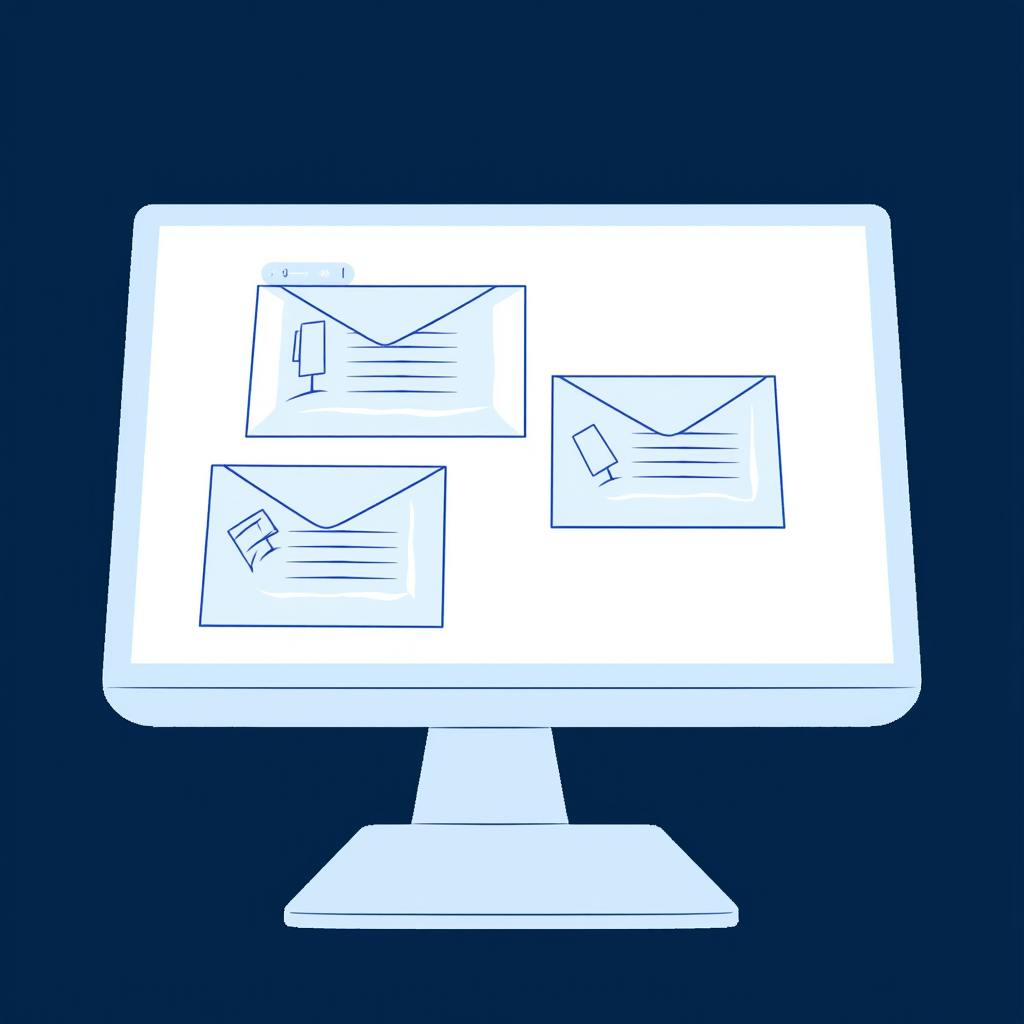Crafting an exceptional email design portfolio is essential for anyone who wants to stand out in the digital marketing and design industry. As the virtual face of your skills, a portfolio not only allows you to showcase your work but also communicates your expertise, creativity, and unique style to potential clients.
Understanding the Basics
The main purpose of an email design portfolio is to highlight your ability to create visually appealing emails that connect with an audience. To do this well, you need to carefully select a range of designs that show both versatility and creativity.
Key considerations:
- Diversity of designs: Include everything from newsletters to promotional and transactional emails.
- Lead with your best: Start with your strongest pieces to capture attention.
Presenting Your Work Professionally
When thinking about how to present your designs, clarity and simplicity should guide the process. Each piece should stand on its own while being supported with context.
Steps to follow:
- Visual display: Use high-quality screenshots, or short clips for interactive designs.
- Brief descriptions: Add short captions about the project goals and outcomes.
- Organized structure: Group work logically—by style, industry, or campaign type—so viewers can navigate easily.

AI made with Stephanie Jagiello
Captivating Your Audience
Your portfolio shouldn’t just be a gallery—it should inspire. By telling the story behind your designs, you can show the value of your work.
Effective tactics:
- Case studies: Highlight real results like higher click rates or conversions.
- Unique value: Explain what makes your approach different—creativity, strategy, or attention to detail.
Building Trust and Authenticity
Potential clients want proof of your ability and credibility. Strengthen your portfolio with:
- Client testimonials: Feedback from past clients builds confidence.
- Performance data: Whenever possible, add results tied to your designs, such as open rates or engagement growth.
Case Study: Mailchimp’s Portfolio of Email Design Excellence
Mailchimp is a well-known brand in the email marketing space, and its own campaigns serve as a great example of what makes a strong portfolio. Their promotional and onboarding emails balance clean design, approachable tone, and measurable results.
For example, Mailchimp often shares case studies showing how its design-driven campaigns improve user engagement and conversions. The brand highlights:
- Consistency: Cohesive design and voice across campaigns.
- Creativity: Playful visuals paired with simple copy.
- Proven results: Data-driven insights that demonstrate effectiveness.
This approach mirrors what a personal email design portfolio should do: clearly communicate creativity, professionalism, and results to potential clients.
Frequently Asked Questions
What elements should I include in an email design portfolio?
Focus on variety, strong visuals, and storytelling. Include newsletters, promotional emails, automated campaigns, and case studies. Don’t forget a personal “About Me” section and contact details. Ensure your portfolio is digital-friendly so it’s easy to share and view across devices.

AI made with Stephanie Jagiello
How can I use my portfolio to sell my work?
Tailor it to your target audience. Highlight results with clear metrics such as engagement rates or conversions. Add testimonials for credibility, and use calls-to-action that encourage clients to connect with you.
What makes a successful email design portfolio stand out?
Simplicity and professionalism. Successful portfolios often have minimalist layouts, crisp visuals, and sometimes interactive elements like hover effects. They tell a clear story about your design process and results.
Can having an email design portfolio increase my chances of landing jobs?
Absolutely. A portfolio proves your ability, builds credibility, and creates strong first impressions. Regular updates also show professional growth and adaptability to new design trends.
Conclusion
A well-crafted email design portfolio is more than a showcase—it’s a tool to build credibility and win opportunities. By combining diverse designs, clear presentation, and authentic results, you’ll stand out in a competitive field. Remember, the goal isn’t just to display your work but to communicate value, creativity, and professionalism in every project you share.

